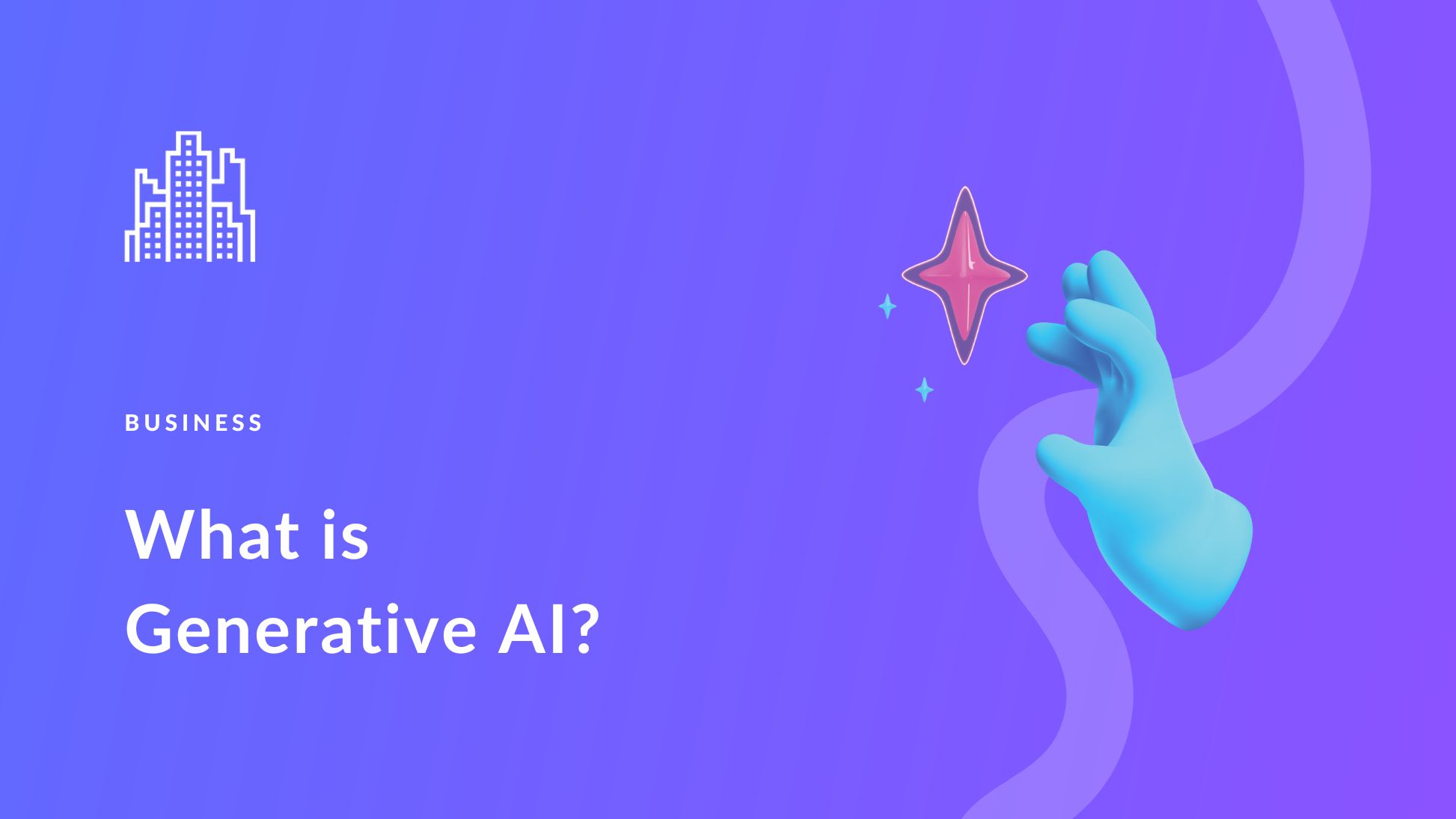All Categories
Featured
A lot of AI firms that educate big models to produce message, photos, video, and sound have actually not been clear regarding the material of their training datasets. Various leaks and experiments have exposed that those datasets consist of copyrighted material such as publications, newspaper write-ups, and motion pictures. A number of lawsuits are underway to identify whether use copyrighted material for training AI systems comprises fair use, or whether the AI firms need to pay the copyright holders for use of their product. And there are obviously several classifications of poor stuff it could in theory be used for. Generative AI can be used for individualized scams and phishing strikes: As an example, making use of "voice cloning," fraudsters can replicate the voice of a particular individual and call the individual's family members with an appeal for assistance (and cash).

(At The Same Time, as IEEE Spectrum reported today, the U.S. Federal Communications Compensation has reacted by forbiding AI-generated robocalls.) Photo- and video-generating devices can be used to generate nonconsensual porn, although the tools made by mainstream companies refuse such usage. And chatbots can in theory stroll a prospective terrorist through the actions of making a bomb, nerve gas, and a host of other horrors.
What's even more, "uncensored" variations of open-source LLMs are out there. Despite such potential troubles, many individuals think that generative AI can also make people more effective and might be used as a tool to allow entirely new kinds of imagination. We'll likely see both calamities and imaginative flowerings and plenty else that we do not expect.
Find out more concerning the math of diffusion versions in this blog post.: VAEs include 2 semantic networks typically referred to as the encoder and decoder. When offered an input, an encoder transforms it right into a smaller sized, much more dense representation of the information. This pressed depiction maintains the details that's needed for a decoder to rebuild the original input information, while disposing of any type of unimportant details.
This enables the user to conveniently example brand-new unrealized representations that can be mapped via the decoder to generate unique data. While VAEs can create outputs such as pictures faster, the pictures produced by them are not as detailed as those of diffusion models.: Discovered in 2014, GANs were thought about to be the most generally utilized method of the 3 prior to the recent success of diffusion designs.
The 2 designs are trained with each other and get smarter as the generator generates far better content and the discriminator improves at spotting the created material - AI-driven diagnostics. This treatment repeats, pushing both to consistently boost after every model until the produced material is indistinguishable from the existing material. While GANs can supply high-grade examples and create outcomes promptly, the example diversity is weak, for that reason making GANs better fit for domain-specific data generation
Future Of Ai
: Comparable to persistent neural networks, transformers are developed to refine consecutive input information non-sequentially. 2 systems make transformers especially experienced for text-based generative AI applications: self-attention and positional encodings.

Generative AI begins with a structure modela deep understanding design that offers as the basis for several various types of generative AI applications. Generative AI devices can: Respond to motivates and concerns Create images or video clip Sum up and manufacture info Change and modify material Produce innovative works like musical structures, tales, jokes, and rhymes Compose and fix code Manipulate data Produce and play games Capacities can vary dramatically by device, and paid variations of generative AI devices usually have actually specialized features.
Generative AI devices are regularly discovering and progressing however, since the day of this publication, some limitations consist of: With some generative AI devices, continually incorporating actual research study right into text remains a weak functionality. Some AI devices, as an example, can generate message with a referral checklist or superscripts with web links to sources, yet the referrals typically do not match to the text developed or are phony citations made from a mix of genuine magazine information from multiple sources.
ChatGPT 3.5 (the cost-free version of ChatGPT) is educated using data offered up till January 2022. ChatGPT4o is trained making use of data available up until July 2023. Various other devices, such as Bard and Bing Copilot, are always internet connected and have access to existing info. Generative AI can still make up potentially inaccurate, simplistic, unsophisticated, or prejudiced feedbacks to questions or prompts.
This checklist is not extensive however features a few of one of the most commonly utilized generative AI tools. Tools with cost-free versions are shown with asterisks. To request that we add a device to these listings, call us at . Elicit (sums up and manufactures sources for literary works evaluations) Talk about Genie (qualitative study AI aide).
Latest Posts
Artificial Intelligence Tools
How Is Ai Used In Autonomous Driving?
Ai Ecosystems